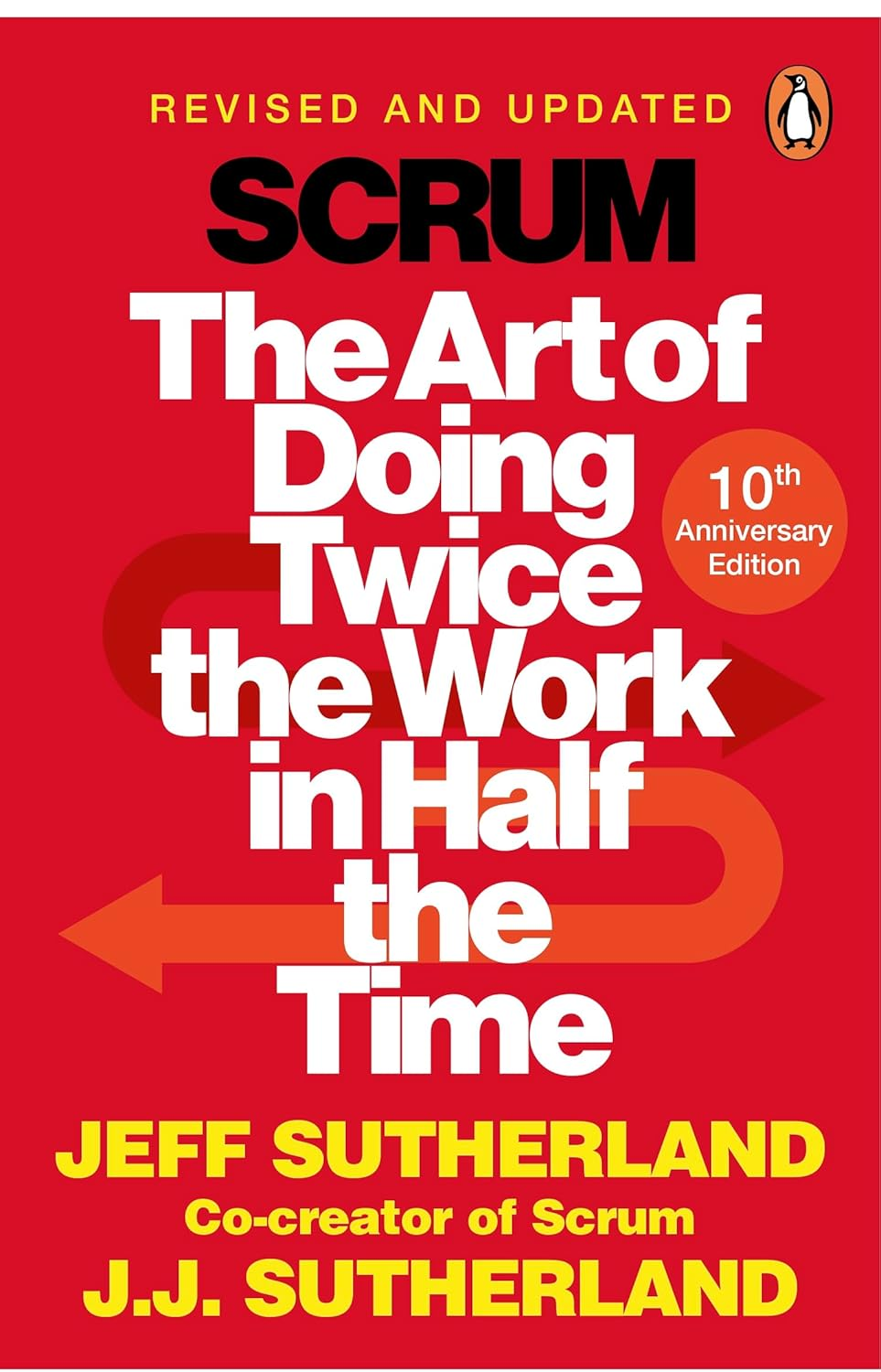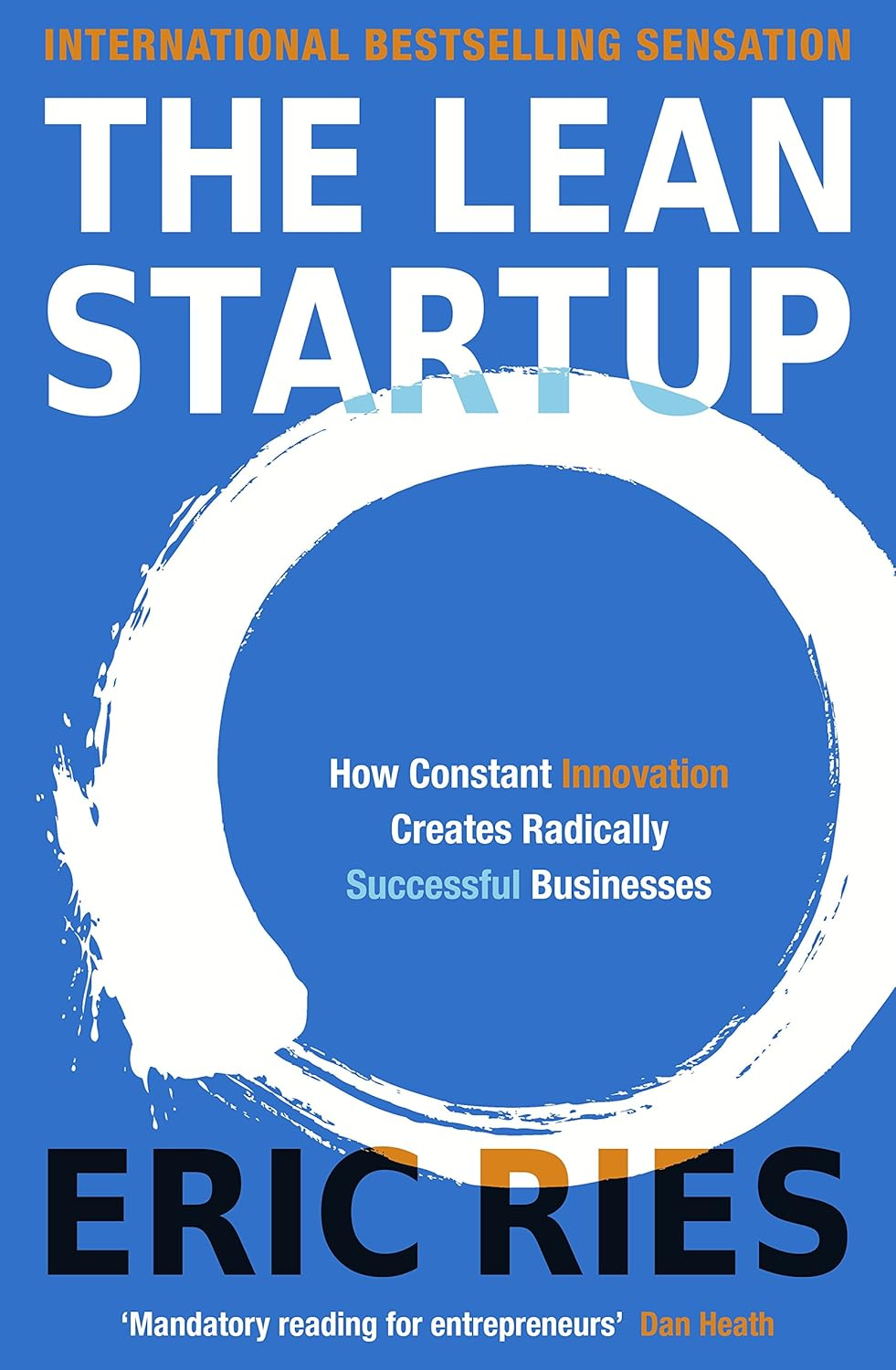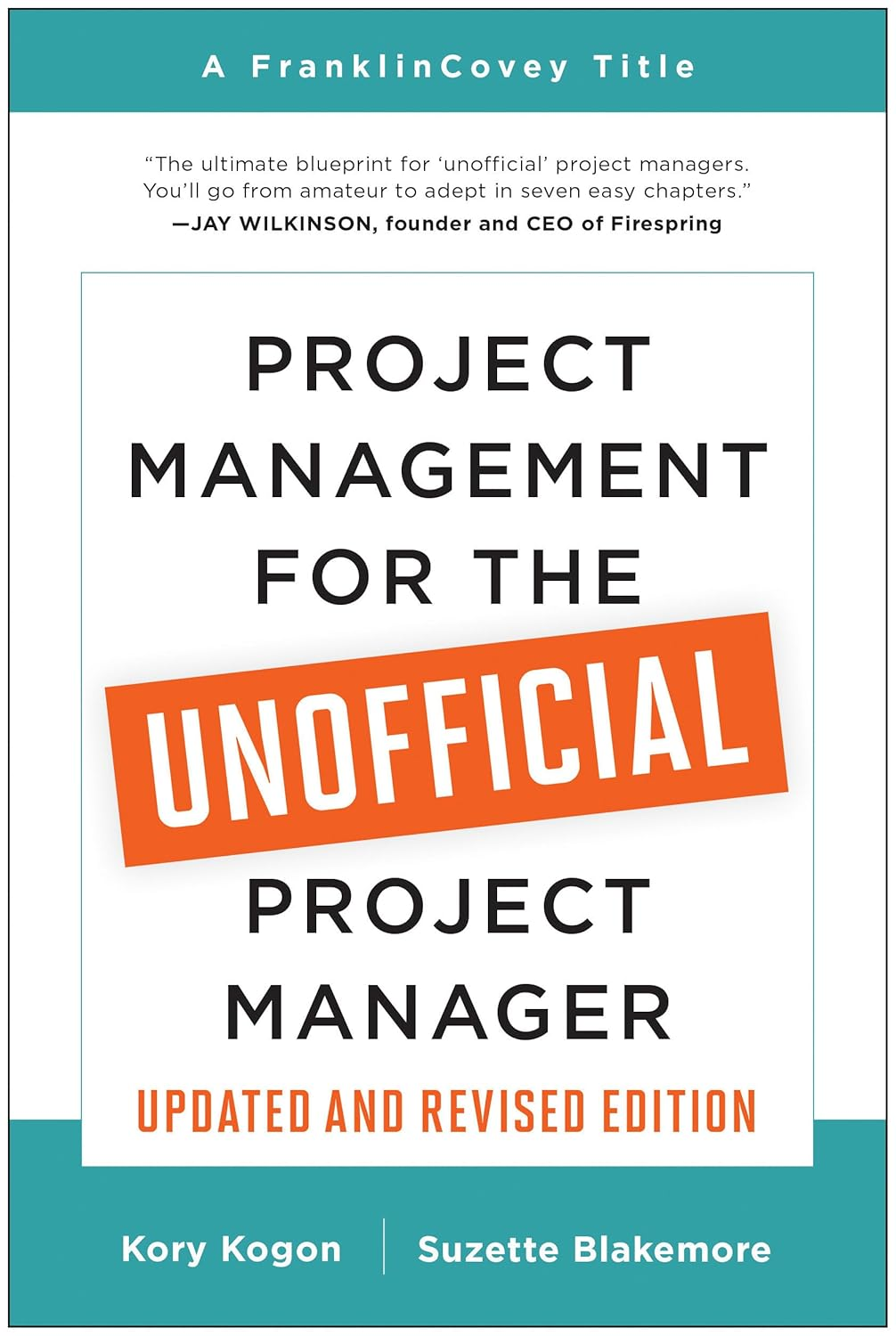Implementing automation for routine tasks in software development is a systematic process. Here are five key steps that will help you effectively integrate automation into your workflow. Key takeaways It's important to take a systematic approach t
PM workflow: Steps to streamline project success
Discover the essential steps to building an effective project management workflow. Learn how a structured workflow can boost efficiency, improve team collaboration, and ensure project success. This guide is designed for project managers, team leads, and organizations seeking to implement or enhance their project workflows.
Key takeaways
Clear Stages for Success: A project management workflow defines clear stages for project execution, helping teams stay organized and focused.
Consistency and Efficiency: Establishing a workflow enables teams to work more consistently, minimizing delays and improving productivity.
Enhanced Collaboration: Workflows improve communication and coordination across teams, reducing missteps and helping reach project goals faster.
Mapping success: Essential project management workflow
A project management workflow is a structured sequence of steps that guides a team from project initiation to completion. This workflow is essential in maintaining consistency, ensuring accountability, and achieving project goals efficiently. An effective workflow keeps everyone aligned, helps identify potential bottlenecks, and streamlines communication. This article will explore the key stages, tools, and best practices of project management workflows, allowing teams to handle projects with greater efficiency and clarity.
What is a project management workflow?
A project management workflow outlines the structured stages and tasks involved in executing a project from start to finish. It serves as a roadmap, guiding teams through essential phases and ensuring that each stage is completed systematically before moving to the next. Project workflows are customizable, and they can vary based on the complexity, goals, and needs of the project.
Key stages of a project management workflow
Creating an efficient project management workflow involves defining stages that help move the project smoothly from start to finish. Here are the fundamental stages:
- Project Initiation
This stage involves understanding the project's purpose and defining its objectives. Key activities include creating a project charter, identifying stakeholders, and defining initial project requirements. During this stage, it’s essential to clarify project goals and ensure all stakeholders are aligned on the project's purpose. - Project Planning
Once the project's scope is defined, the planning phase outlines the specifics of achieving the goals. This includes scheduling tasks, setting timelines, and assigning resources. Tools like Gantt charts, calendars, and task trackers are often used to ensure all team members understand their roles and deadlines. - Execution and Monitoring
At this stage, the project plan is put into action. Team members carry out assigned tasks while project managers track progress, ensuring the team is on schedule. Monitoring tools such as dashboards and progress reports can help project managers stay informed about any delays or issues. - Project Closure
Once all tasks are complete, the project enters the closure phase. This stage includes reviewing project outcomes, finalizing documentation, and conducting a post-project analysis to identify lessons learned. Project closure is crucial for evaluating the project's success and setting standards for future projects.
Benefits of implementing a project management workflow
- Increased Efficiency: Workflows provide a structured approach that minimizes delays and enhances productivity.
- Better Communication: Defining roles and tasks at each stage promotes clearer communication among team members, reducing misunderstandings.
- Accountability: A defined workflow creates a sense of accountability for each team member, ensuring that tasks are completed on time and to standard.
- Improved Quality Control: Consistent monitoring and feedback mechanisms at each stage lead to higher-quality project outcomes. Learn more about "Effective Tips for Successful Remote Work".
Best practices for workflow management
Creating a project management workflow is more than just defining steps; it involves implementing practices that help the workflow run smoothly.
- Use the Right Tools
Project management tools like Asana, Jira, and Monday.com can significantly enhance workflow efficiency. These tools allow for real-time updates, task assignment, and streamlined communication across teams. Explore "Top Benefits of Project Management Software: Boosting Efficiency and Collaboration" for managing workflows. - Regular Check-ins and Updates
Weekly or bi-weekly check-ins help the team stay aligned and provide an opportunity to address any challenges. Regular updates ensure that everyone is informed about the project status and can adjust if necessary. - Create Templates for Repetitive Tasks
Templates are helpful for projects with similar stages, as they streamline the planning process and reduce setup time. Templates ensure that all necessary steps are consistently applied to each project. Check out our guide on "Workflow Templates: How to Optimize Processes for Maximum Efficiency".
How to build a project management workflow for your team
Step 1: Identify Project Requirements
Before creating the workflow, assess the project's scope, objectives, and resources. This assessment will help you tailor the workflow to fit the project's unique requirements.
Step 2: Define Workflow Stages
Break down the project into manageable stages, as outlined in the "Key Stages of a Project Management Workflow" section. Define what tasks need to be completed in each stage and assign responsibilities.
Step 3: Assign Roles and Responsibilities
Identify who will be responsible for each task or stage. Clear role assignment improves accountability and reduces task overlap.
Step 4: Select Workflow Tools
Use project management tools to manage your workflow. These tools help automate tasks, streamline communication, and track progress. Some common tools include Asana, Monday.com, and Trello.
Step 5: Implement and Monitor
Once the workflow is set up, start executing tasks and closely monitor progress. Adjust as necessary based on project demands and feedback.
Step 6: Evaluate and Optimize
After project completion, evaluate the workflow’s efficiency. Gather feedback to improve future workflows and address any bottlenecks identified during the project.

Interesting fact 
Did you know? The concept of workflow management dates back to the early 20th century with the invention of assembly lines in factories. This structured approach to production eventually evolved into modern workflow management, where software and tools are used to streamline processes in various industries, including project management.
For insights into visualizing project timelines, read our guide on "What is a Gantt Chart? A Guide to Using Gantt Charts for Project Management". To learn how Agile teams create efficient workflows, explore our article on "Agile Team Structure: Roles and Responsibilities for Effective Collaboration". Finally, dive deeper into task organization with our tips on "Workflow Templates: How to Optimize Processes for Maximum Efficiency".
Conclusion
A well-defined project management workflow is essential for successful project execution. By structuring the workflow into clear stages, assigning roles, and using effective tools, teams can improve communication, increase efficiency, and achieve project goals consistently. Implementing a workflow doesn’t just streamline tasks; it also creates a collaborative environment where teams can thrive and deliver high-quality results. For more resources on building workflows, explore our "Workflow Templates: How to Optimize Processes for Maximum Efficiency".
Recommended reading 

"Scrum: The Art of Doing Twice the Work in Half the Time"
A practical guide to understanding and implementing Scrum in workflows.
On Amazon
"The Lean Startup"
Explains how Agile and workflow strategies support innovative product development.
On Amazon
"Project Management for the Unofficial Project Manager"
Provides practical guidance for employees who manage projects without formal training, focusing on people-centric leadership and essential project processes.
On Amazon






